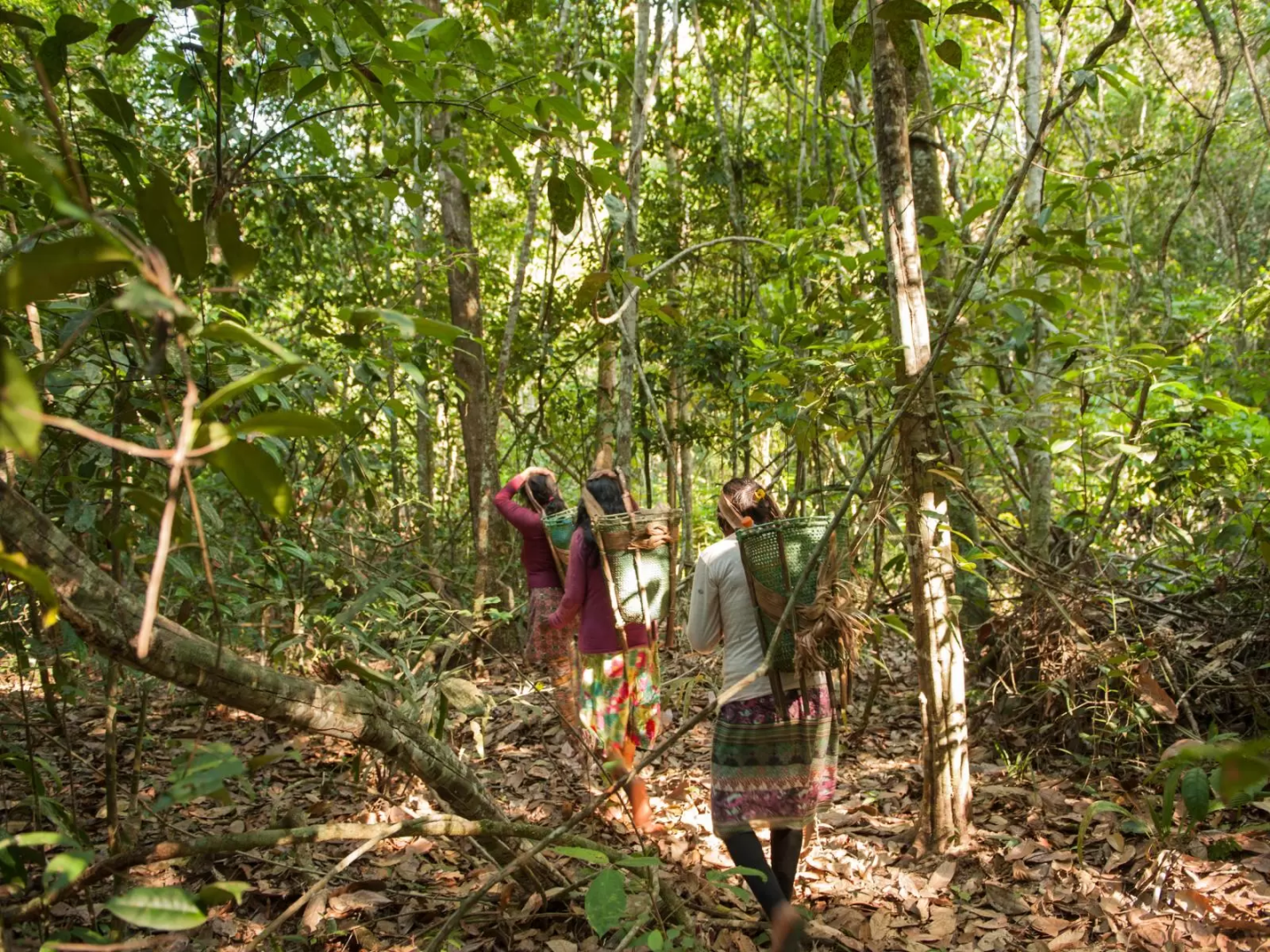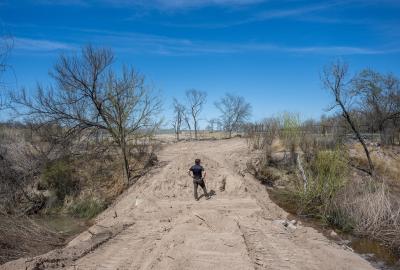A survival guide for rainforests
A new initiative aims to take the mystery out of carbon credits for forest preservation.
Have you ever paused to consider whether it would actually do any real good to pay a little extra to offset your emissions from a flight?
Then you understand the dilemma faced by companies around the world interested in the promise of carbon credits, but unsure of what they’re actually paying for.

Carbon credits are the wonky term used to describe the way in which companies can pay to offset their carbon emissions, or supplement their reductions, by funding carbon-reducing projects, such as forest preservation, elsewhere.
But not all carbon credits are created equal, explains Alex Hanafi, director of multilateral climate strategy at Environmental Defense Fund.
“Companies really have to do their homework to figure out if what they're buying is going to have the desired environmental and social impact,” he says.
New guidance for companies
Now, a new initiative aims to bring some much needed clarity to those decisions when it comes to one of the most popular and important carbon credits out there – those that claim to protect and restore tropical forests.
A group of leading environmental NGOs, including EDF, worked with Indigenous peoples’ organizations and research institutions to release the Tropical Forest Credit Integrity Guide for Companies, a set of five recommendations designed to help businesses navigate the murky waters of forest carbon credits. The goal? To bolster demand for, and in turn supply of, "high-quality" forest carbon credits.
How it works
So what does good look like if you’re a company interested in protecting trees halfway around the world?
The guidance advises companies to choose carbon credits that prioritize protecting existing forests over planting new trees, and to look for large-scale, coordinated programs over smaller projects. It also calls on companies to look for credits that demonstrate high environmental quality, for example having robust systems in place to monitor and verify that forests are actually being protected. And it says credits should include strong social safeguards such as ensuring local communities can play a true partnership role and receive an equitable share of the proceeds. It adds that companies should not use carbon credits as a substitute for efforts to decarbonize their own operations and supply chain.
Finally, the guidance recommends that companies align their carbon-cutting efforts with the goals of the Paris Climate Agreement and use systems of reporting and accounting for carbon reductions that are complementary to those of national governments, so the total climate impact is clear.
What it could mean
Last year, the world lost an area of tropical forests the size of Cuba. Forest loss and land use change accounts for almost one quarter of all global emissions. More than 1,500+ companies – representing $11.5 trillion – have made pledges to reduce their climate emissions to net zero. Many of these pledges will include a commitment to purchasing credits to fund forest preservation. But they urgently need safeguards in place to ensure that that money delivers the climate benefits promised.
“We can’t limit climate change to safer levels if we don’t keep forests alive," says Hanafi. “And we can’t do that at the scale and speed the climate crisis demands without the support of the private sector.”
Hanafi says that over the next few months the group will hammer out several important details within the guidance, such as how to ensure that promises that local and Indigenous peoples share equally in the benefits are actually true.
In the meantime, Hanafi hopes the guidance will garner support from prominent companies with big climate pledges and that over time, the major standard-setting organizations that certify and issue carbon credits will incorporate these guidelines into their systems.
“If enough companies start demanding this sort of tropical forest carbon credit, the market will take the hint and this kind of quality credit will become the norm,” says Hanafi. “We want to make it easy to do the right thing.”


